Home>Home Maintenance>How To Handle Home Repairs With Insurance Claims
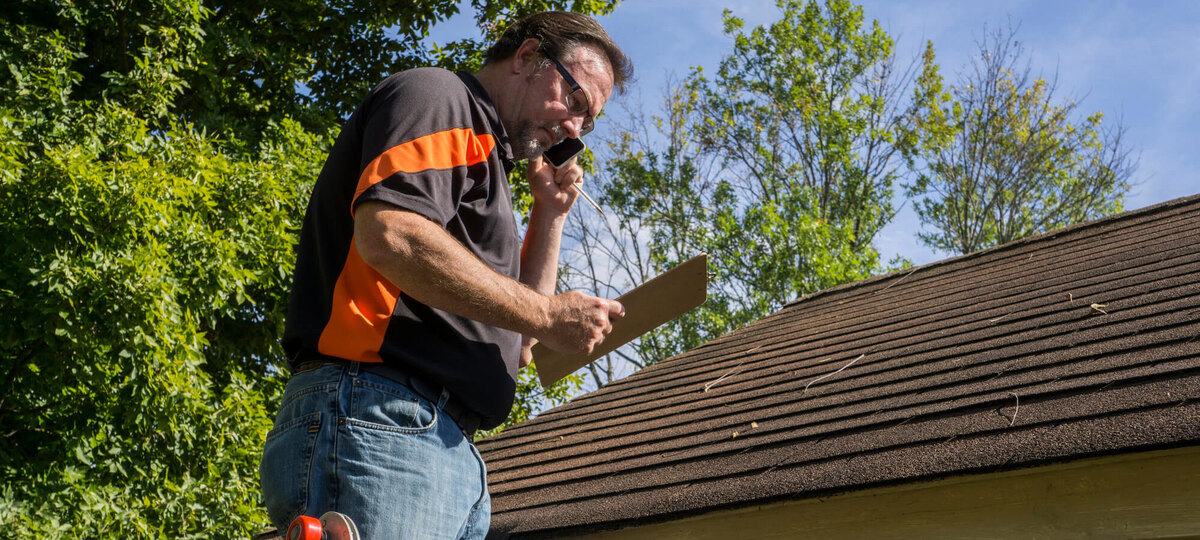

Home Maintenance
How To Handle Home Repairs With Insurance Claims
Modified: March 6, 2024
Learn how to handle home repairs and insurance claims with our comprehensive guide. Make sure you're prepared for any maintenance issues with your home.
(Many of the links in this article redirect to a specific reviewed product. Your purchase of these products through affiliate links helps to generate commission for Storables.com, at no extra cost. Learn more)
Introduction
Home repairs are an inevitable part of homeownership. Whether it’s a leaky roof, a broken pipe, or a damaged foundation, unexpected issues can arise at any time. Dealing with these repairs can be stressful and costly, especially if you’re not prepared. That’s where home repair insurance claims come in to help ease the burden.
Home repair insurance is designed to protect homeowners from the financial burden of major repairs. It provides coverage for damages caused by natural disasters, accidents, or other unpredictable events. However, navigating the process of filing a home repair insurance claim can be confusing and overwhelming.
In this article, we will guide you through the steps of handling home repairs with insurance claims. By following these steps, you can ensure a smooth and successful claims process, helping you get the repairs you need with minimal hassle.
Key Takeaways:
- Dealing with home repairs can be less stressful and costly with home repair insurance. Thoroughly assess the damage, document it, and file the claim promptly to ensure a smooth process.
- Review your insurance policy, keep all receipts and documents, and communicate openly with your insurance company. This will help you navigate the claims process and ensure proper reimbursement for your repairs.
Read more: What Is Home Life Insurance
Understanding Home Repair Insurance Claims
Before diving into the process of filing a home repair insurance claim, it’s important to have a clear understanding of how these claims work. Home repair insurance, also known as homeowners insurance or property insurance, is a type of coverage that protects your home and its contents from damage or loss. It typically covers damages caused by fire, water, storms, vandalism, theft, and other perils outlined in your policy.
When you experience damage to your home that is covered by your insurance policy, you have the option to file a claim to seek financial reimbursement for the cost of repairs. The goal of a home repair insurance claim is to restore your home and property to its pre-damaged condition.
However, it’s important to note that not all types of repairs may be covered by your insurance policy. Each policy has specific terms and conditions outlining what is covered and what is not. It’s crucial to review your policy carefully to understand the scope of your coverage.
In addition, insurance claims can be subject to deductibles, which is the amount you are responsible for paying out of pocket before the insurance company covers the remaining costs. Deductibles can vary depending on the terms of your policy, so it’s important to be aware of your financial obligations.
Now that you have a basic understanding of home repair insurance claims, let’s dive into the step-by-step process of handling these claims to ensure a smooth and successful outcome.
Step 1: Assess the Damage
The first step in handling a home repair insurance claim is to assess the damage to your property. It’s important to thoroughly inspect the affected areas to determine the extent of the damage and identify any potential underlying issues that may need attention.
Start by visually inspecting the damaged area. Look for any signs of water leaks, structural damage, or other visible problems. Take note of any areas that need immediate attention to prevent further damage or safety hazards.
Next, document the damage by taking clear and detailed photographs. Be sure to capture close-ups of the affected areas as well as wider shots that provide context. These photographs will serve as essential evidence when filing your insurance claim.
It’s also a good idea to make a written inventory of the damages. Take note of specific items or structures that are affected, as well as any additional factors that may have contributed to the damage.
If the damage is extensive or complex, you may consider hiring a professional inspector or contractor to assess the damage and provide a detailed report. Their expertise can help uncover hidden issues that may not be immediately apparent.
By thoroughly assessing the damage, you will have a clear understanding of the repairs needed and can move forward with confidence in the claims process. In the next step, we’ll discuss how to contact your insurance company to report the damage and initiate the claims process.
Step 2: Contact Your Insurance Company
Once you have assessed the damage to your property, the next step is to contact your insurance company to report the incident and initiate the claims process. It’s important to notify your insurance provider as soon as possible to ensure timely handling of your claim.
Start by gathering all your insurance policy information, including your policy number, coverage details, and contact information for your insurance company. Most insurance companies have dedicated claims departments that handle home repairs, so be prepared to provide the necessary details when you call.
When speaking with your insurance company, explain the nature of the damage and provide any relevant information or documentation you have gathered, such as photographs or inspection reports. Be clear and concise in describing the incident and its impact on your property.
The insurance company will assign a claims adjuster to your case who will review your claim and assess the extent of the damage. The adjuster may schedule a visit to your property to conduct a thorough inspection, gather additional information, and estimate the cost of repairs.
During your initial contact with the insurance company, make sure to ask about any specific steps or documentation they require for the claims process. They will provide guidance on how to proceed and may assign you a dedicated claims representative to assist you throughout the process.
Keep in mind that insurance companies may have specific timelines for reporting claims, so it’s crucial to contact them as soon as possible after assessing the damage. Failure to report the incident within the required timeframe may result in delays or denial of your claim.
By promptly contacting your insurance company, you initiate the claims process and set the wheels in motion to get the repairs started. In the next step, we will discuss the importance of documenting the damage for your claim.
Step 3: Document the Damage
Documenting the damage is a crucial step in the home repair insurance claims process. It provides tangible evidence and helps support your claim, ensuring that you receive the proper reimbursement for the repairs needed.
Start by taking clear and detailed photographs of the damaged areas. Capture multiple angles and close-ups that clearly show the extent of the damage. Make sure the photographs are well-lit and focus on the specific areas that need repair.
In addition to photographs, it’s important to create a written inventory of the damaged items. List each item that was affected and provide a brief description of its condition and the damage it sustained. This inventory serves as further evidence of the extent of the damage.
If there are any documents related to the incident, such as police reports or contractor estimates, make copies and keep them as part of your documentation. These documents can provide additional support for your claim.
It’s also a good practice to keep a journal or log of the repairs and any communication you have with your insurance company. Record the date, time, and details of each conversation or interaction, including the names of the individuals you spoke with and the information exchanged.
By documenting the damage in both visual and written forms, you provide strong evidence to support your claim. This documentation will be valuable when discussing your claim with the insurance adjuster and negotiating the proper reimbursement for your repairs.
In the next step, we will discuss how to obtain estimates for the repair work needed on your property.
Step 4: Obtain Estimates
After documenting the damage to your property, the next step is to obtain estimates for the repair work needed. These estimates will help determine the cost of repairs and assist your insurance company in evaluating your claim.
Start by reaching out to reputable contractors or specialists in the field of repair your property needs. It’s important to obtain multiple estimates to ensure you have a clear understanding of the expected costs and to compare the pricing and scope of work proposed by different contractors.
When soliciting estimates, provide the contractors with detailed information about the damage to your property, including any documentation or photographs you have gathered. This will enable them to accurately assess the repairs needed and provide you with an informed estimate.
While obtaining estimates, consider the reputation and experience of the contractors. Look for professionals who are licensed, insured, and have a track record of delivering quality work. Ask for references or examples of previous projects to evaluate their expertise and reliability.
Once you have obtained multiple estimates, review them carefully. Compare the pricing, scope of work, and estimated timeline for completion. Be sure to ask any questions you may have to clarify the details and ensure you have a complete understanding of the proposed repairs.
Keep in mind that your insurance company may also require estimates from contractors of their choice. These estimates will be used in the evaluation of your claim. You may need to coordinate with the adjuster assigned to your case to ensure that the estimates provided by your chosen contractors align with the requirements of your insurance company.
By obtaining multiple estimates, you gather valuable information to present to your insurance company. These estimates will help support your claim and give you a clear idea of the costs involved in the repair process. In the next step, we will discuss the importance of reviewing your policy coverage before filing the claim.
Step 5: Review Your Policy Coverage
Before filing a home repair insurance claim, it’s crucial to thoroughly review your insurance policy coverage. Understanding the terms and conditions of your policy will help you determine if the damage you have encountered is covered and what you can expect in terms of reimbursement.
Start by obtaining a copy of your insurance policy. Carefully review the sections related to property damage, repairs, and claims. Pay attention to the specific perils or events that are covered, as well as any exclusions or limitations outlined in the policy.
Make note of the deductibles, or the amount you are responsible for paying out of pocket before your insurance coverage kicks in. It’s important to understand the deductible amount and factor it into your budget as you move forward with the repairs.
Review any specific requirements or procedures outlined in your policy for filing a claim. Some insurance companies may require you to notify them of the damage within a specific timeframe, so it’s important to be aware of any deadlines or reporting requirements.
If there are any ambiguous or confusing terms in your policy, reach out to your insurance company for clarification. It’s essential to have a clear understanding of what is covered and what is excluded to avoid any surprises during the claims process.
Keep in mind that not all types of damage may be covered by your policy. For example, some policies may exclude coverage for certain natural disasters or neglect-related damages. Understanding the limitations of your policy will help you manage your expectations and plan accordingly.
If you have any questions or concerns about your policy coverage, it’s recommended to consult with your insurance agent or a representative from the insurance company. They can provide guidance and address any specific questions you may have related to your policy.
By reviewing your policy coverage, you have a clear understanding of what your insurance will and will not cover. This knowledge equips you with the information needed to move forward with filing your claim. In the next step, we will discuss the process of filing a home repair insurance claim.
When dealing with home repairs and insurance claims, be sure to document the damage thoroughly with photos and videos. This will help support your claim and ensure you receive the proper coverage.
Step 6: File the Claim
Once you have assessed the damage, contacted your insurance company, documented the damage, obtained estimates, and reviewed your policy coverage, it’s time to officially file your home repair insurance claim.
Start by gathering all the necessary documentation and information required by your insurance company. This may include photos of the damage, written inventory, estimates from contractors, and any other relevant supporting documents.
Contact your insurance company and inform them that you are ready to file a claim. In most cases, they will provide you with a claim form to complete. Fill out the form accurately and provide all the requested information. Be detailed in your descriptions and attach any supporting documentation as required.
When completing the claim form, be sure to include a clear and concise description of the incident that caused the damage. Provide specific details of the date, time, and nature of the event to help the claims adjuster have a comprehensive understanding of the situation.
Attach copies of the estimates you obtained for the repair work. These estimates will assist the insurance adjuster in assessing the appropriate amount of coverage needed for the repairs.
Submit your completed claim form and all supporting documentation to your insurance company. Keep copies for your records, including proof of submission such as registered mail receipts or email confirmations.
Once your claim has been submitted, your insurance company will assign an adjuster to evaluate the damage and assess the validity of your claim. They may contact you to gather additional information or schedule an inspection of your property.
Be prepared to cooperate with the adjuster and provide any requested information or access to your property. This will help facilitate the claims process and ensure a fair evaluation of your claim.
By filing your home repair insurance claim, you are taking the necessary steps to seek reimbursement for the repairs needed on your property. In the next step, we will discuss what to expect when meeting with the adjuster assigned to your claim.
Step 7: Meet with the Adjuster
After filing your home repair insurance claim, the insurance company will assign an adjuster to evaluate the damage and assess the validity of your claim. The adjuster’s role is to investigate the incident, review the documentation you provided, and determine the appropriate coverage for the repairs needed.
Once the adjuster is assigned, you will typically be contacted to schedule a meeting or inspection. This meeting can take place at your property or at the adjuster’s office, depending on the circumstances and the insurance company’s policies.
During the meeting, the adjuster will thoroughly assess the damage to your property. They may take additional photographs, measurements, or notes to support their evaluation. It’s important to be present during this inspection to provide any relevant information or answer any questions the adjuster may have.
Be prepared to provide a detailed account of the incident that caused the damage. Give a clear description of what happened, including the date, time, and any other factors that may be relevant. This information will help the adjuster accurately assess the cause and extent of the damage.
During the meeting, the adjuster will also review the estimates you obtained for the repair work. They may compare these estimates with their own data and industry standards to determine the appropriate amount of coverage for your claim.
It’s important to remain cooperative and provide any requested documentation or information to the adjuster. This will help facilitate the claims process and demonstrate your willingness to work with the insurance company.
After the meeting, the adjuster will complete their evaluation and submit their findings to the insurance company. Based on their assessment, the insurance company will make a determination regarding the coverage and reimbursement for your repairs.
If there are any discrepancies or disagreements between your assessment and the adjuster’s evaluation, you have the right to address your concerns with the insurance company. Discuss any discrepancies in a professional and respectful manner, providing any additional evidence or information to support your case.
By meeting with the adjuster, you participate in the evaluation process and ensure that your claim is thoroughly assessed. In the next step, we will discuss the approval and payment process once your claim has been evaluated.
Step 8: Approval and Payment
After the adjuster has completed their evaluation and submitted their findings, the insurance company will review the information and make a decision regarding the approval and payment of your home repair insurance claim.
Upon approval of your claim, the insurance company will provide you with a written notice confirming the coverage and the amount that will be reimbursed for the repairs. This notice is often referred to as the “claim settlement” or “coverage determination.”
Review the claim settlement carefully to ensure that it accurately reflects the coverage and reimbursement that you were expecting. If there are any discrepancies or concerns, contact your insurance company to seek clarification or address any issues that may arise.
In some cases, the insurance company may issue an initial payment, typically referred to as an “advance payment,” to help cover immediate expenses or emergency repairs. This advance payment is deducted from the overall reimbursement amount.
Once you have received the claim settlement and any initial payment, you can proceed with the repair work on your property. You have the option to hire contractors or perform the repairs yourself if you have the necessary skills and qualifications.
Keep in mind that the insurance company may have certain requirements when it comes to selecting contractors. They may require the use of licensed and insured professionals or provide a list of preferred vendors from which you can choose.
During the repair process, it’s important to document all expenses and keep track of all receipts, invoices, and any other relevant financial documentation. This ensures that you have proper documentation for the reimbursement process.
Once the repairs are completed, you may submit the final invoices, receipts, and any other required documentation to the insurance company as proof of the expenses incurred. The insurance company will then process the final reimbursement.
Depending on the terms of your policy and the insurance company’s procedures, the final payment may be issued in one lump sum or in multiple installments. Be sure to inquire about the payment process and timeline if you have any concerns or questions.
By understanding the approval and payment process, you can ensure that you receive proper reimbursement for the repairs performed on your property. In the next step, we will discuss the options of hiring contractors or performing the repairs yourself.
Step 9: Hire Contractors or DIY
Once your home repair insurance claim has been approved and the payment process is underway, you have the option to decide how to proceed with the actual repair work on your property. You can either hire contractors or choose to do-it-yourself (DIY) if you have the necessary skills and experience.
If you decide to hire contractors, it’s important to select reputable and qualified professionals who specialize in the type of repairs needed. Obtain multiple quotes from different contractors and carefully review their credentials, references, and past work to make an informed decision.
When selecting contractors, consider their expertise, experience, licenses, and insurance coverage. Verify that they have the appropriate skills and certifications to perform the repairs safely and effectively.
Communicate your expectations clearly to the contractors you choose. Discuss the scope of work, timeline, and any specific requirements you have. It’s important to have a written agreement or contract that outlines the responsibilities, deadlines, and pricing to ensure a smooth and transparent working relationship.
If you choose to perform the repairs yourself, ensure that you have the necessary knowledge, skills, and tools to complete the work safely and effectively. Be realistic about your capabilities and assess whether it’s within your capacity to handle the repairs on your own.
Research and educate yourself on the proper techniques and best practices for the repairs you will be undertaking. Consult trusted sources such as instructional videos, DIY forums, or reputable home improvement books to guide you through the process.
Keep in mind that certain repairs may require permits or professional certifications. Make sure to check with local authorities and obtain any necessary approvals or inspections if you plan on performing major repairs yourself.
Regardless of whether you hire contractors or opt for DIY, maintain open communication with your insurance company throughout the repair process. Keep them informed of the progress and any unexpected developments that may arise.
Regularly document the repairs as they are being completed, taking photographs and keeping a record of all expenses, receipts, and invoices. This documentation will be important for reimbursement and for future reference.
By carefully considering your options and making an informed decision regarding hiring contractors or DIY, you can ensure that the repairs on your property are completed safely, efficiently, and within the approved coverage. In the final step, we will discuss the importance of keeping all receipts and documents related to the repairs.
Step 10: Keep All Receipts and Documents
Once the repair work is completed on your property, it is crucial to keep all receipts and documents related to the repairs. These documents serve as proof of the expenses incurred and are essential for the reimbursement process and for future reference.
When you hire contractors, make sure to obtain detailed invoices or receipts for the work performed. The documents should include a breakdown of the costs, including labor, materials, and any additional fees or charges. If you purchase materials or supplies yourself for DIY repairs, keep the receipts as well.
Additionally, maintain a record of any permits or licenses obtained for the repairs, as these documents may be required by your insurance company during the reimbursement process.
It’s important to organize and keep these receipts and documents in a safe and easily accessible place. You may choose to create a physical folder or binder dedicated to your home repair insurance claim to keep everything organized. You can also consider scanning or photographing the receipts and storing digital copies as a backup.
Along with keeping receipts, also retain any correspondence or communication related to the repairs and the insurance claim. This includes emails, letters, or notes exchanged with contractors, insurance company representatives, or adjusters. These documents provide a comprehensive record of your discussions and agreements throughout the claims process.
Having a well-documented file of receipts and supporting documents will streamline the reimbursement process and ensure that you are properly reimbursed for the covered expenses.
In some cases, your insurance company may request additional documentation or information to support your claim. By keeping thorough records, you will be able to easily provide any required evidence or clarify any details that may be needed.
Furthermore, keeping these receipts and documents will be beneficial for future reference. They serve as a record of the repairs performed on your property, which can be useful when selling your home or for insurance purposes in the future.
By diligently keeping all receipts and documents, you safeguard your financial investment and ensure that you have proper evidence to support your home repair insurance claim. This marks the completion of the ten-step process for handling home repairs with insurance claims.
Conclusion
Dealing with home repairs can be a stressful and costly experience. However, with the help of home repair insurance claims, you can navigate through these challenges more smoothly. By following the ten-step process outlined in this article, you can maximize your chances of a successful and hassle-free claims process.
Understanding your home repair insurance coverage is crucial. Take the time to review your policy and familiarize yourself with the terms, conditions, and coverage limits. This knowledge will help you manage your expectations and ensure that you are prepared to handle any unexpected repairs.
Thoroughly assess the damage to your property and document it meticulously. Take photographs, create written inventories, and obtain estimates from reputable contractors. This documentation will serve as crucial evidence to support your claim and facilitate the evaluation process.
When filing the claim, make sure to provide all the necessary information and documentation to your insurance company. Be prepared to cooperate with the adjuster during the inspection process and provide any additional information or access to your property as required.
Once your claim is approved, review the settlement carefully to ensure it accurately reflects the coverage and reimbursement you expected. Keep a record of all receipts, invoices, and documents related to the repairs. This documentation will be essential for the reimbursement process and for future reference.
Whether you choose to hire contractors or undertake the repairs yourself, keep open communication with your insurance company and maintain ongoing documentation of the repairs. This will help streamline the process and ensure that you are properly reimbursed for the covered expenses.
In conclusion, handling home repairs with insurance claims can be a complex process, but by following the steps outlined in this article and staying organized, you can minimize stress and maximize the benefits of your home repair insurance coverage. Remember to consult with your insurance company or seek professional advice when needed to ensure that you are making informed decisions throughout the process.
With proper preparation, documentation, and adherence to the claims process, you can successfully navigate home repairs with insurance claims and restore your home to its pre-damaged condition.
Frequently Asked Questions about How To Handle Home Repairs With Insurance Claims
Was this page helpful?
At Storables.com, we guarantee accurate and reliable information. Our content, validated by Expert Board Contributors, is crafted following stringent Editorial Policies. We're committed to providing you with well-researched, expert-backed insights for all your informational needs.


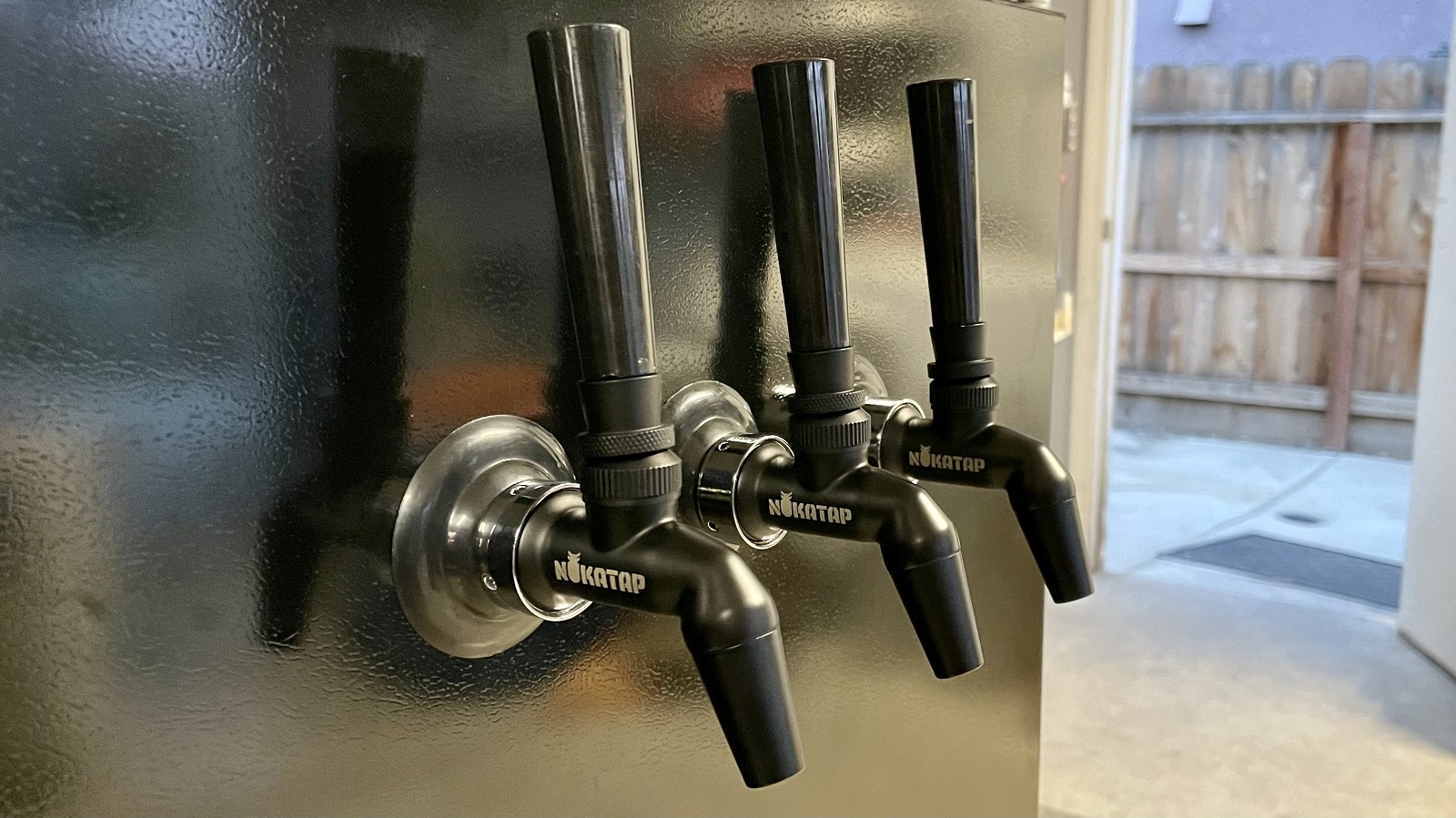




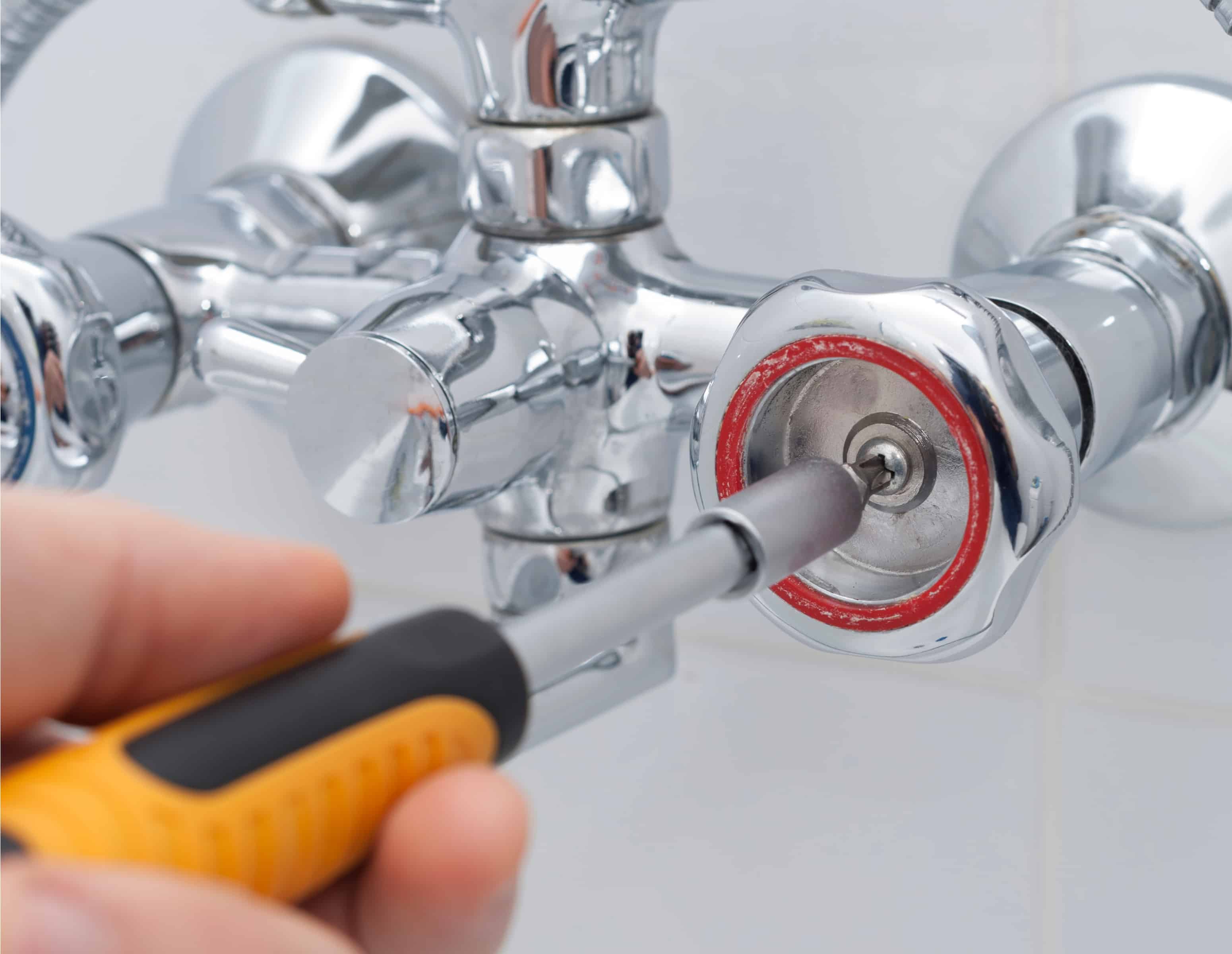
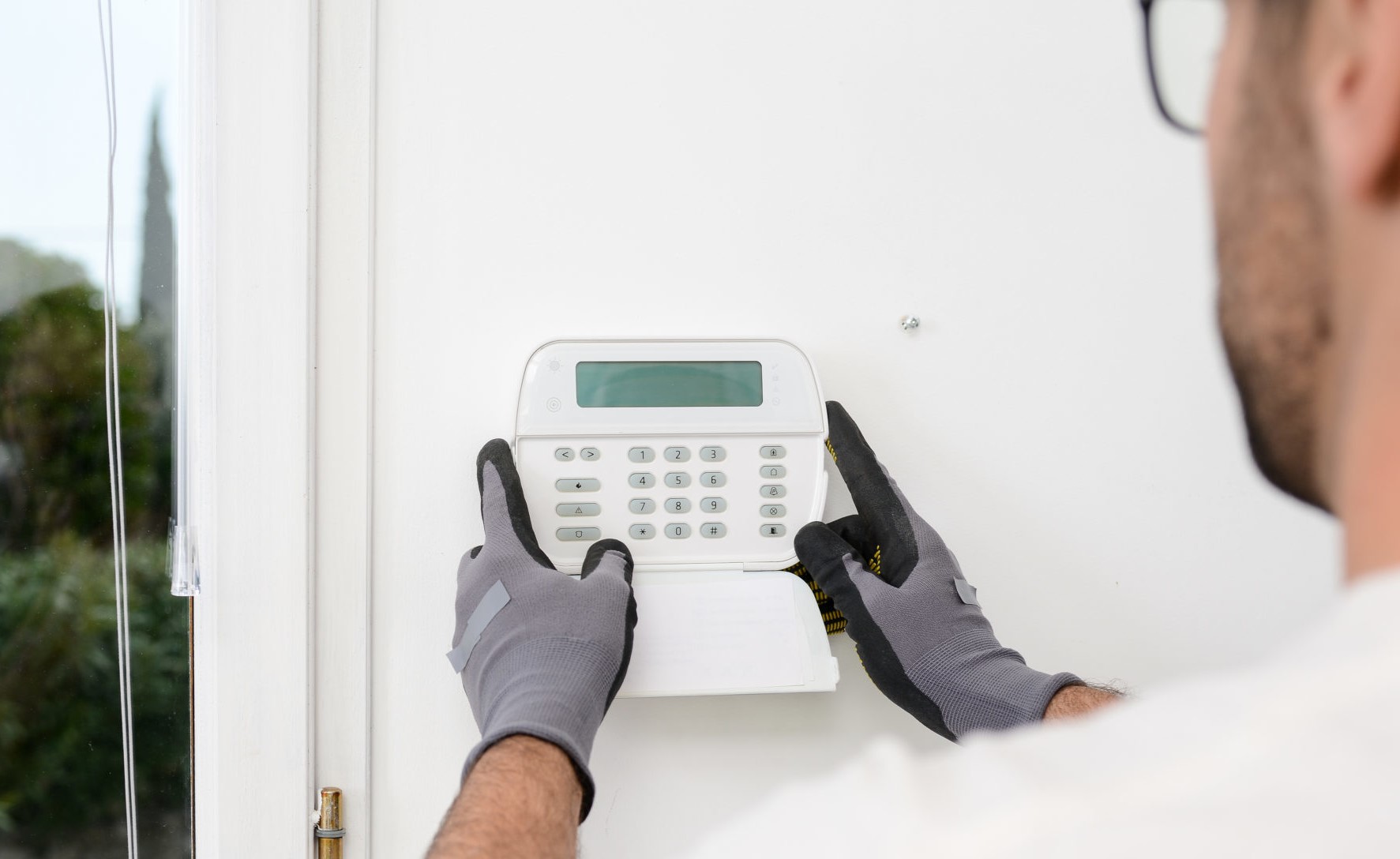

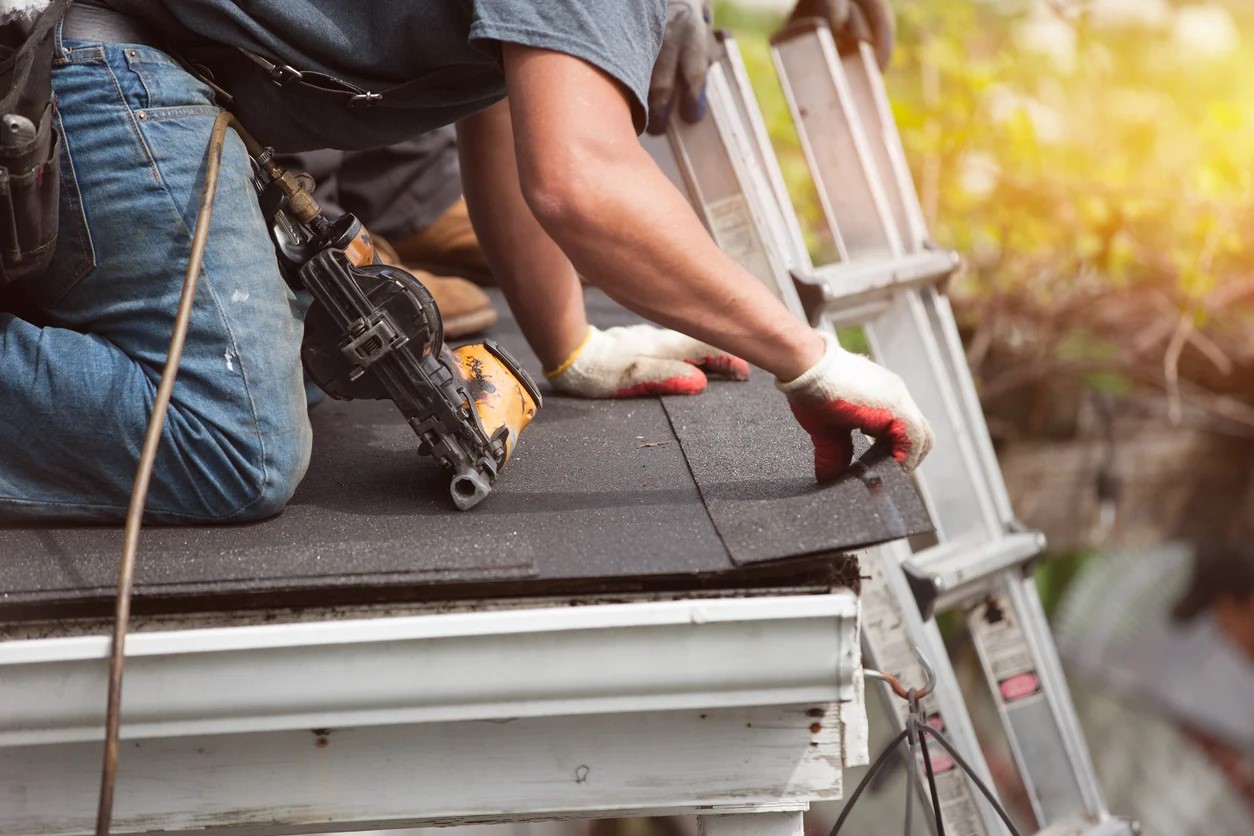

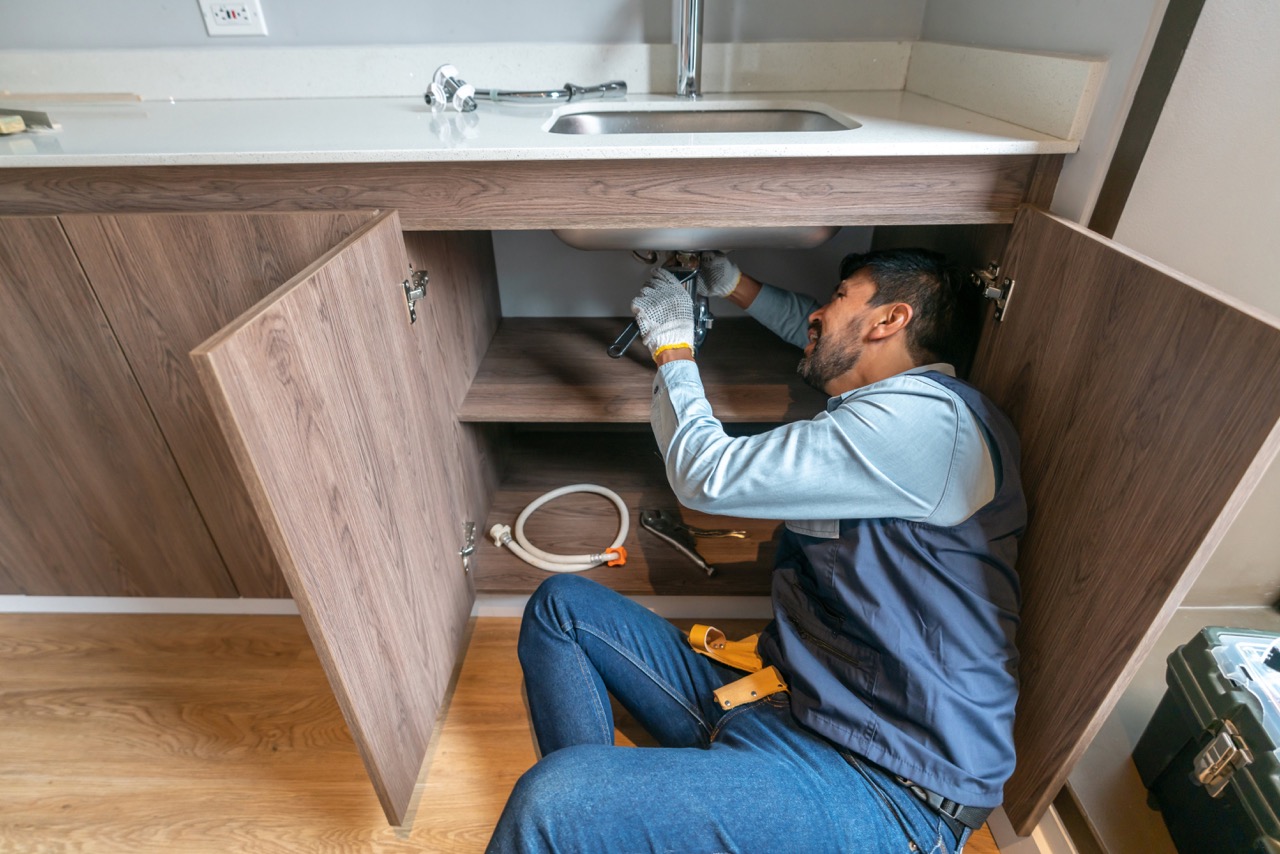

0 thoughts on “How To Handle Home Repairs With Insurance Claims”